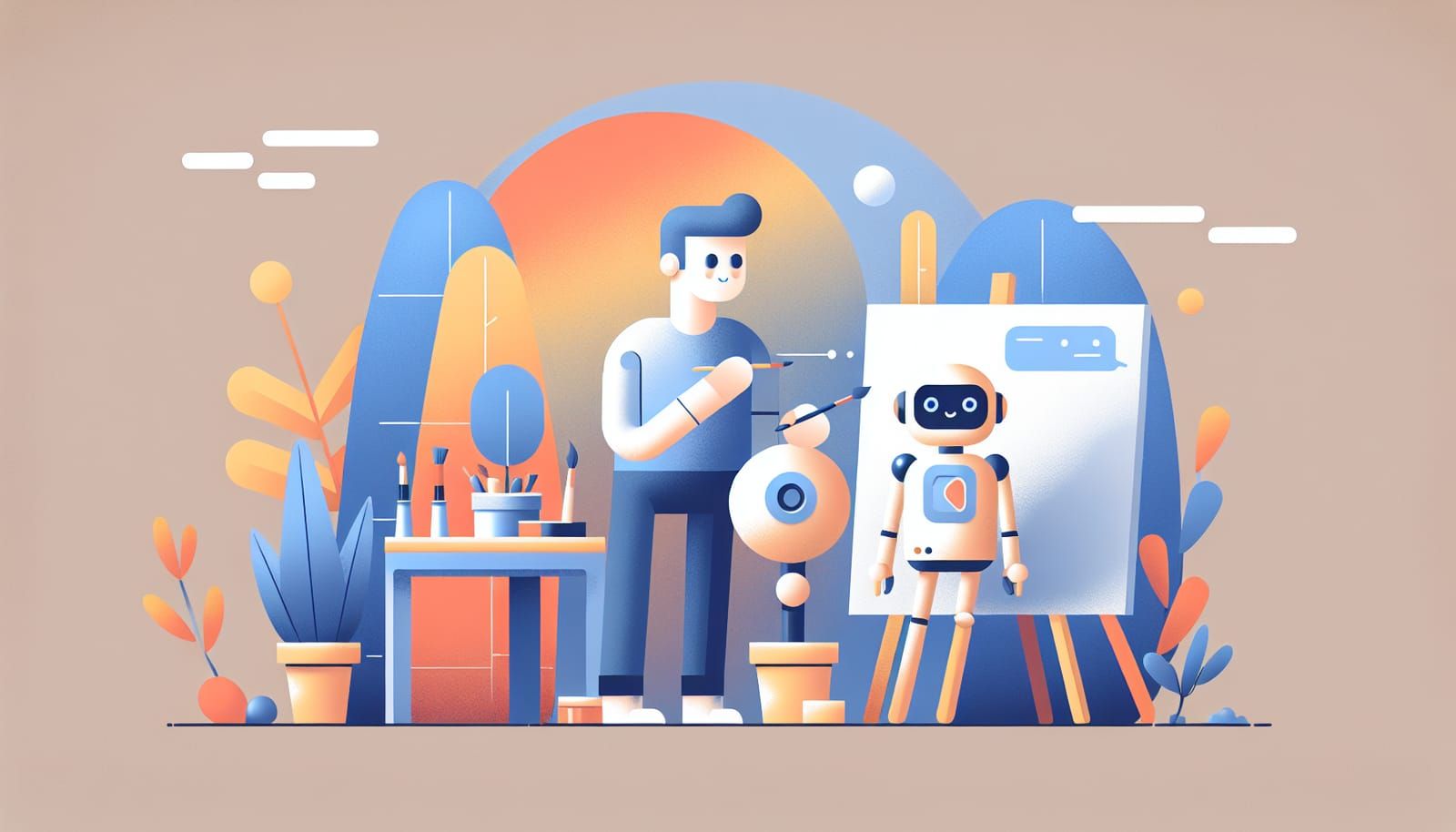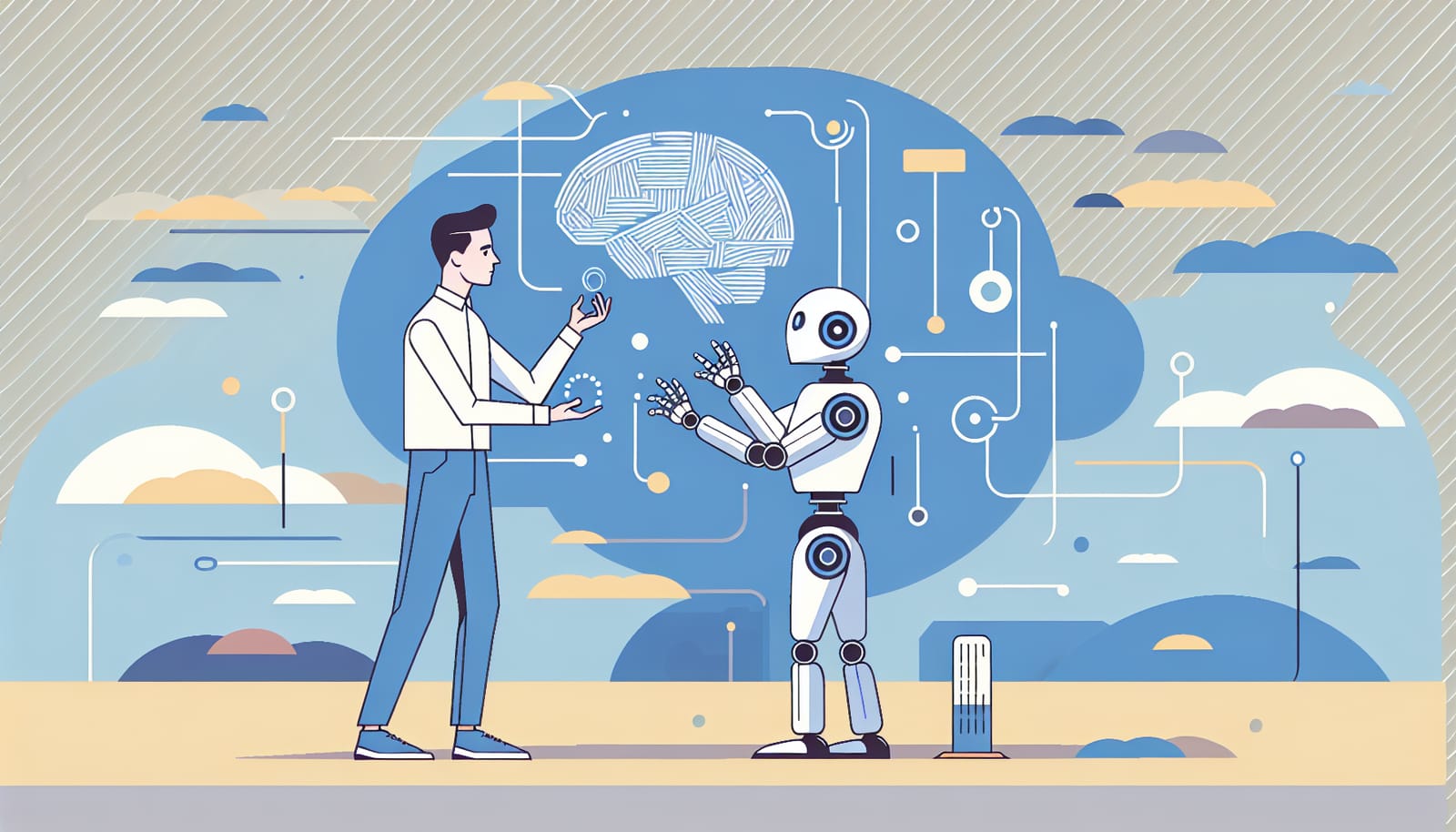Artificial Intelligence (AI) is a buzzword that has sparked excitement, curiosity, and even fear in many people. From self-driving cars to chatbots that can hold conversations, AI is rapidly becoming a part of our daily lives. However, a common myth persists: the belief that AI will automatically fix all bias in society. This idea is not only misleading but also oversimplifies the complex relationship between technology and human behavior. In this article, we will explore why AI can't magically eliminate bias and what we can do to address these issues.
Understanding Bias
Before diving into AI, let’s first understand what bias is. Bias refers to a tendency to favor one thing over another, often in a way that is considered unfair. This can happen in many areas, like decisions about hiring employees, lending money, or even how police patrol neighborhoods. Bias can be explicit, where someone openly expresses their preferences, or implicit, where preferences are unconsciously held.
Imagine a game of dodgeball. If the coach always picks the same kids for the team, they're showing bias towards those players. This can create an unfair playing field for everyone else. Just like in dodgeball, bias exists in various aspects of life, and it can affect opportunities and outcomes for different groups of people.
The Role of AI in Society
AI systems are designed to process data, recognize patterns, and make predictions. They can analyze vast amounts of information much faster than humans. For example, AI is used in healthcare to identify diseases from medical images or in finance to detect fraudulent transactions. The ability of AI to process data can be incredibly powerful, but it also has limitations.
When AI is trained on data that contains bias—like statistics showing that certain groups are less likely to get hired—those biases can be baked into the system. If left unchecked, AI can perpetuate existing discrimination instead of eliminating it. This is where the myth that AI will fix bias automatically falls apart.
The Human Element
AI is not a standalone entity; it is created and trained by humans. This means that the biases of the people who develop, train, and implement AI systems can inadvertently influence how these systems operate. Just as a painter’s brush strokes reflect their unique style, an AI system reflects the values, assumptions, and biases of its creators.
For instance, if a hiring algorithm is trained on data from an industry where men dominate leadership roles, it might favor male candidates, reinforcing gender bias. This illustrates that simply using AI doesn't guarantee fairness. In fact, it can sometimes amplify existing inequalities.
The Importance of Diverse Data
To combat bias in AI, one of the most effective strategies is to use diverse and representative data during the training process. This means including data from a wide range of demographics, experiences, and backgrounds. By having a more comprehensive dataset, AI systems can learn to make fairer decisions.
Think of it like cooking. If you only use one spice, your dish will taste one-dimensional. But when you add a variety of spices, you create a richer, more flavorful meal. Similarly, diverse data allows AI to be more balanced and equitable in its outcomes.
Transparency and Accountability
Another crucial aspect in addressing bias in AI is transparency. Users need to understand how AI systems work and the data they are based on. When AI systems are transparent, companies can be held accountable for their decisions. If a hiring algorithm unfairly favors certain candidates, organizations can take steps to improve or change the system.
Imagine if your favorite sports team had to reveal their playbook. Fans would appreciate knowing how the team strategizes and could offer suggestions for improvement. The same goes for AI—when people know how it works, they can help ensure it’s fair and just.
Collaborating for Change
To truly address bias in AI, it requires collaboration among various stakeholders, including developers, policymakers, and communities. By working together, we can create guidelines and best practices for developing AI that is fair and unbiased.
This collaborative effort is similar to how a school project works best when everyone contributes. Each person's unique insights can lead to a more successful outcome. Incorporating diverse perspectives helps ensure that AI systems are designed with fairness in mind.
The Future of AI and Bias
While AI holds enormous potential to improve our lives, we need to approach it with caution and responsibility. AI alone won’t fix bias; it requires our active participation and vigilance. As we continue to develop AI technologies, we must prioritize fairness, inclusivity, and transparency in their design and deployment.
Imagine a world where AI helps eliminate bias in hiring, healthcare, and justice. This is achievable, but it requires a collective effort from everyone involved. By acknowledging the limitations of AI and working together to address them, we can harness its power for good.
The myth that AI will automatically fix all bias is a reminder that technology and humanity are interconnected. While AI can provide tools that help improve decision-making and promote fairness, it is not a magic solution. Addressing bias requires a conscious effort, diverse data, and collaboration among all stakeholders.
As we stand on the brink of a new era with AI, let’s embrace the opportunity to create a fairer society. By combining technology with our shared values, we can strive for equality and justice for everyone.
AI has the potential to be a powerful ally in our quest for a better world—but only if we are willing to put in the work to guide it in the right direction.


